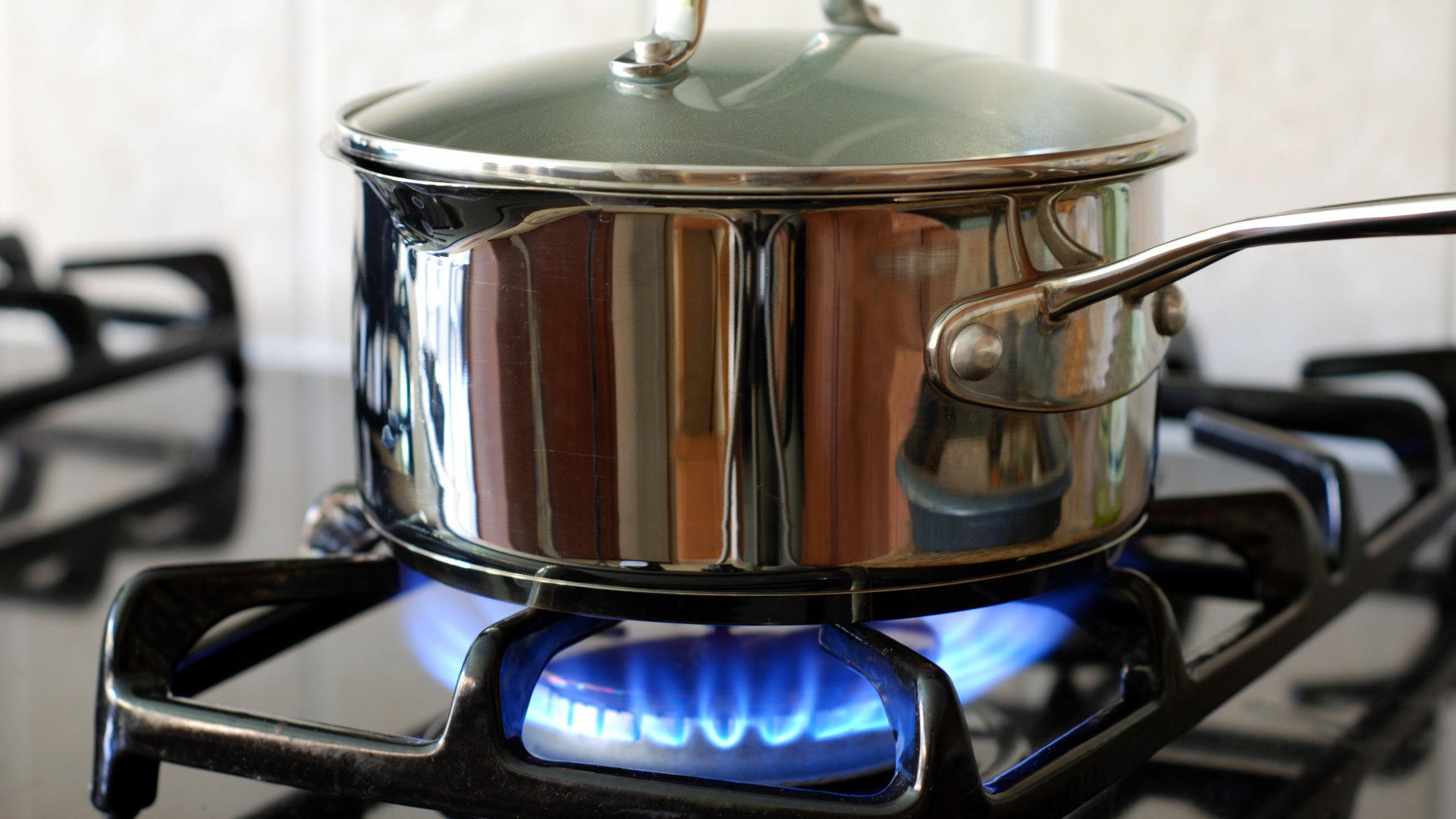

Articles
How To Use A Stove Top
Modified: January 8, 2024
Learn how to effectively use a stove top with our informative articles. Master the art of cooking on a stove and enhance your culinary skills.
(Many of the links in this article redirect to a specific reviewed product. Your purchase of these products through affiliate links helps to generate commission for Storables.com, at no extra cost. Learn more)
Introduction
Welcome to the world of cooking! Using a stove top is an essential skill for anyone who wants to explore the culinary arts or simply prepare home-cooked meals. While there are various types of stove tops available, including electric, gas, and induction, the basic principles remain the same. In this article, we will guide you through the process of using a stove top, from safety precautions to troubleshooting common issues.
Before we dive into the details, it’s important to note that safety should always be the top priority when using a stove top. Make sure to follow the manufacturer’s instructions and take necessary precautions to prevent accidents or injuries. Now, let’s get started on the journey to becoming a master at using a stove top!
Key Takeaways:
- Mastering the art of using a stove top involves prioritizing safety, setting up the stove correctly, and understanding different stove top functions. Proper maintenance and troubleshooting skills are essential for a seamless cooking experience.
- Embrace your inner chef and unleash your culinary creativity by learning how to use a stove top effectively. Prioritize safety, understand the functions, and troubleshoot common issues for a delightful cooking journey.
Read more: How To Use GE Induction Cooktop
Safety Precautions
Prior to using a stove top, it is crucial to familiarize yourself with the safety precautions to ensure a secure cooking environment. Here are some essential tips to keep in mind:
- Clear the Area: Before igniting the stove top, ensure that the surrounding area is free from any flammable materials, such as papers, towels, or plastic items. This will minimize the risk of accidental fires.
- Keep a Fire Extinguisher Handy: In case of a potential emergency, it is highly recommended to have a fire extinguisher within reach. Make sure it is up to date and easily accessible.
- Use Proper Cookware: Select cookware that is suitable for the type of stove top you are using. For instance, if you have a gas stove, make sure the bottom of the cookware is flat to maintain a stable balance. Using the wrong cookware can lead to accidents and uneven cooking.
- Use Oven Mitts: Always use oven mitts or protective gloves when handling hot pots, pans, or dishes. This will protect your hands from burns or injuries.
- Turn Off the Burner: After cooking, remember to turn off the burner and allow the stove top to cool down before cleaning or leaving the area. This helps prevent accidental fires or burns.
- Keep Children and Pets Away: Ensure that young children and pets are kept at a safe distance from the stove top while cooking. This prevents them from getting burned or accidentally causing a spill.
- Use Proper Ventilation: Proper ventilation is essential when cooking on a stove top, particularly when using gas burners. Make sure your kitchen is adequately ventilated to avoid the build-up of harmful gases.
- Don’t Leave Unattended: Never leave the stove top unattended while cooking. It only takes a moment for a small mistake to turn into a dangerous situation.
By following these safety precautions, you can minimize the risks associated with using a stove top and create a secure cooking environment for yourself and those around you. Now that we have covered safety, let’s move on to setting up the stove top.
Setting Up the Stove Top
Before you can start using the stove top, you need to ensure that it is properly set up and ready to use. Here are the steps to follow:
- Clean the Surface: Start by cleaning the surface of the stove top to remove any dirt, debris, or grease. Use a mild cleaning agent and a soft cloth or sponge to avoid scratching the surface.
- Check the Gas Connection (if applicable): If you have a gas stove top, make sure that the gas connection is secure. Check for any leaks by applying a mixture of soapy water to the gas hose and connections. If you see bubbles forming, there may be a leak, and you should contact a professional to fix it.
- Plug In the Electric Stove Top: For electric stove tops, simply plug the appliance into a suitable electrical outlet. Ensure that the power cord is not damaged.
- Ensure Proper Ventilation: Adequate ventilation is important when using a stove top. Make sure that the kitchen is well-ventilated either through a hood, exhaust fan, or by opening windows to allow fresh air in and to help disperse any cooking odors or fumes.
- Check the Ignition System: If your stove top has an ignition system, test it to ensure that it is working properly. This will make it easier to ignite the burners later.
- Place Cookware on the Burners: Before turning on the stove top, place the appropriate cookware onto the burners. Make sure the cookware is centered and positioned correctly for even heat distribution.
Once the stove top is set up and prepared, you are ready to start cooking. In the next section, we will discuss how to ignite the burners and get the flame going.
Igniting the Burners
Now that your stove top is set up and cookware is in place, it’s time to ignite the burners and get cooking! The process may vary depending on the type of stove top you have. Let’s explore the different methods:
- Gas Stove Tops: To ignite the burners on a gas stove top, locate the control knobs usually located on the front of the stove. Turn the desired burner knob to the “ignite” or “light” position and listen for the clicking sound. This clicking is the electric spark that ignites the gas. Once the flame is lit, adjust the flame using the knob to achieve the desired heat level.
- Electric Stove Tops: Electric stove tops do not require ignition, as they are powered by electricity. Simply turn the knob to the desired heat level, and the burner will start heating up gradually.
- Induction Stove Tops: Induction stove tops require the use of magnetic cookware. Once you have placed the appropriate cookware on the burner, select the desired heat level. The induction stove top will generate an electromagnetic field that heats the bottom of the cookware directly. It’s important to note that the surface of the induction stove top itself does not get hot.
Remember to be cautious when igniting the burners. If you are using a gas stove top and the flame does not ignite or goes out, turn off the burner and wait for a few minutes for any accumulated gas fumes to disperse before attempting to ignite it again. If the issue persists, there may be a problem with the gas supply or the stove’s ignition system, and it’s best to seek professional assistance.
Now that the burners are ignited and the flames are dancing, let’s move on to the next step: adjusting the flame to achieve the desired cooking temperature.
Adjusting the Flame
Once the burners are ignited, it’s important to know how to adjust the flame to achieve the desired cooking temperature. This will allow you to have better control over your cooking process. Here’s how to do it:
- Gas Stove Tops: On a gas stove top, the flame can be adjusted using the control knobs. To increase the flame, turn the knob clockwise. To decrease the flame, turn the knob counterclockwise. It’s essential to be gradual in your adjustments to avoid sudden temperature changes, especially when working with delicate dishes.
- Electric Stove Tops: Electric stove tops typically have a dial with temperature markings that you can use to adjust the heat level. Turn the dial towards a higher number to increase the heat and towards a lower number to decrease it. Keep in mind that electric stove tops may take some time to heat up and cool down compared to gas counterparts.
- Induction Stove Tops: Induction stove tops offer precise temperature control. Most models have a power level setting that allows you to adjust the heat. Simply increase or decrease the power level to achieve the desired cooking temperature. The response time is relatively quick compared to other types of stove tops, enabling more precise adjustments as needed.
Remember to adjust the flame gradually to avoid sudden temperature changes and prevent overcooking or scorching your food. It’s a good practice to monitor the heat level and make adjustments as necessary throughout the cooking process. Now that you know how to adjust the flame, let’s delve into using different stove top functions.
Always use the appropriate size pot or pan for the burner size to ensure even cooking. Also, make sure to turn the handle of the pot or pan inward to prevent accidental spills or burns.
Read more: How To Use Jenn-Air Induction Cooktop
Using Different Stove Top Functions
A stove top offers various functions and features that can enhance your cooking experience. Familiarizing yourself with these functions will allow you to explore a wider range of recipes and cooking techniques. Let’s explore some common stove top functions:
- Simmer: The simmer function is great for gently cooking delicate dishes, such as sauces or soups, at a low and steady heat. It helps prevent the food from boiling or burning by maintaining a consistent temperature.
- Boil: The boil function provides a high heat level, ideal for rapidly boiling water or cooking pasta, potatoes, or grains. It speeds up the cooking process and allows for efficient boiling.
- Sear: Searing is a technique used to brown the surface of proteins, such as steak or chicken, to create a flavorful crust. To achieve a good sear, preheat the stove top on high heat and place the protein on the heated surface.
- Sauté: Sautéing is a common cooking technique that involves quickly cooking food in a small amount of oil or butter over medium to high heat. It’s perfect for stir-frying vegetables, sautéing meat, or creating flavorful stir-fry dishes.
- Simmer Low: The simmer low function is similar to the regular simmer function but at an even lower heat level. It works well for delicate foods that require an extended cooking time, such as slow-cooked stews or braised dishes.
- Melt: The melt function is designed to gently melt ingredients like chocolate or butter without scorching them. It utilizes a low and consistent heat to ensure smooth and controlled melting.
- Keep Warm: Many stove tops have a keep warm function that allows you to maintain a low heat level, keeping your food warm without overcooking it. This is convenient when hosting a meal or waiting for all the dishes to be ready.
These are just a few examples of the stove top functions that can elevate your cooking. Remember to check your stove top’s user manual for specific details about the functions it offers. With a combination of the right function and proper flame adjustment, you can unleash your culinary creativity and prepare a wide array of delectable dishes.
After a delicious cooking session, it’s time to clean and maintain your stove top to ensure its longevity. Let’s explore the cleaning and maintenance tips in the next section.
Cleaning and Maintenance
Proper cleaning and maintenance of your stove top are essential for its longevity and performance. Regular maintenance will help keep it looking clean and functioning efficiently. Here are some tips to keep in mind:
- Regular Cleaning: After each use, allow the stove top to cool down and wipe it with a soft cloth or sponge to remove any spills or food residue. Avoid using abrasive cleaners or harsh chemicals that may damage the surface.
- Deep Cleaning: Periodically, depending on usage, you should deep clean your stove top. Remove the burners, grates, or other removable parts and soak them in warm soapy water. Gently scrub them to remove stubborn stains or grease. Wipe down the surface of the stove top with a suitable cleaner and a non-abrasive scrub brush. Rinse and dry thoroughly before replacing the removable parts.
- Protective Cover: If your stove top is not in use for an extended period, consider using a protective cover to prevent dust, debris, or scratches.
- Avoiding Scratches: When cleaning the stove top, use non-abrasive cleaning tools to avoid scratching the surface. Be cautious when placing or moving cookware to prevent scratches or damage.
- Check for Gas Leaks: If you have a gas stove top, it’s important to periodically check for gas leaks. If you notice a smell of gas or suspect a leak, turn off the gas supply immediately and contact a professional for assistance.
- Maintain Ventilation: Clean or replace the stove top’s hood filters regularly to ensure proper ventilation. This will help prevent the build-up of grease and odors in your kitchen.
- Professional Servicing: If you encounter any issues with your stove top that you are unable to resolve yourself, it’s best to seek professional servicing. Attempting to fix complex problems without proper knowledge may lead to further damage or safety hazards.
By following these cleaning and maintenance tips, you can keep your stove top in excellent condition and ensure it functions optimally for years to come. Now, let’s address some common troubleshooting issues you may encounter with your stove top.
Troubleshooting
While using a stove top, you may encounter certain issues that hinder its performance or functioning. Here are some common troubleshooting tips to help you troubleshoot and resolve these problems:
- Uneven Heating: If you notice that your stove top is heating unevenly, it may be due to an issue with the burner or the cookware. Ensure that the cookware is flat and properly positioned on the burner. If the issue persists, there may be a problem with the stove top’s heating element or gas flow. Contact a professional for assistance.
- Ignition Problems: If the burners on your gas stove top are not igniting, check if the gas supply is turned on. Clean the burner ports using a small brush to remove any clogs or debris. If the issue continues, there may be a problem with the ignition system or gas connection. Seek professional help to address the issue.
- Gas Smell: If you detect a strong smell of gas, it may indicate a gas leak. Open windows and doors for ventilation, do not operate any electrical appliances, and turn off the gas supply immediately. Contact a professional service to assess and fix the gas leak.
- Burner Not Heating: If a specific burner is not heating, ensure that it is clean and properly placed on the stove top. Check if the burner connector is secure. If the issue persists, the heating element may be faulty. Consult a professional for repair or replacement.
- Control Knob Issues: If the control knobs on your stove top are not functioning properly, inspect for any loose connections or damage. Clean the knobs to remove any dirt or grime that may affect their operation. If the issue persists, consider replacing the knobs or contacting a professional for further assistance.
- Overheating: If your stove top is overheating, it may be due to a faulty thermostat or control panel. Turn off the stove top immediately and unplug it from the power source. Seek professional help to diagnose and repair the issue to prevent further damage or safety hazards.
Remember, safety should always be a priority when troubleshooting stove top issues. If you are unsure of how to address a problem or if it involves gas-related concerns, it is best to contact a qualified professional for assistance.
Now that we have covered troubleshooting, you have a good understanding of how to handle common issues that may arise when using a stove top. Let’s conclude our article.
Conclusion
Using a stove top is a fundamental skill for anyone interested in cooking. By following the safety precautions, setting up the stove top correctly, igniting the burners, adjusting the flame, and understanding different stove top functions, you can unleash your culinary creativity and prepare a wide variety of delicious meals.
Remember to prioritize safety by keeping the cooking area clear, using proper cookware, and following the manufacturer’s instructions. Always keep a fire extinguisher nearby and be attentive while cooking to prevent accidents. Additionally, properly maintaining and cleaning your stove top will ensure its longevity and optimal performance.
If you encounter any issues with your stove top, troubleshoot common problems such as uneven heating, ignition issues, or gas leaks. Seek professional help when necessary to address complex problems or safety concerns.
Now that you have learned the essentials of using a stove top, it’s time to explore the diverse world of cooking. Experiment with different recipes, cooking techniques, and stove top functions to create culinary masterpieces that will delight your taste buds and impress your loved ones.
So, let’s fire up those burners, embrace your inner chef, and enjoy the wonders of cooking with a stove top!
Frequently Asked Questions about How To Use A Stove Top
Was this page helpful?
At Storables.com, we guarantee accurate and reliable information. Our content, validated by Expert Board Contributors, is crafted following stringent Editorial Policies. We're committed to providing you with well-researched, expert-backed insights for all your informational needs.
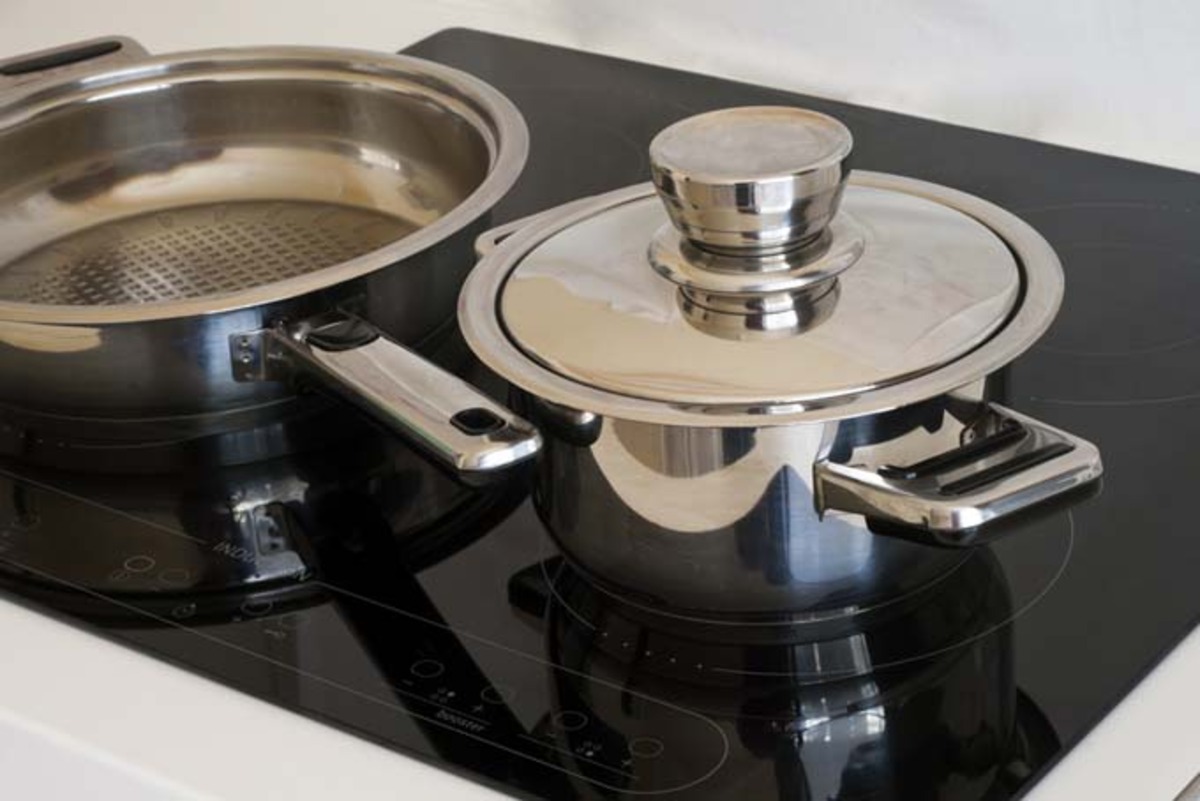
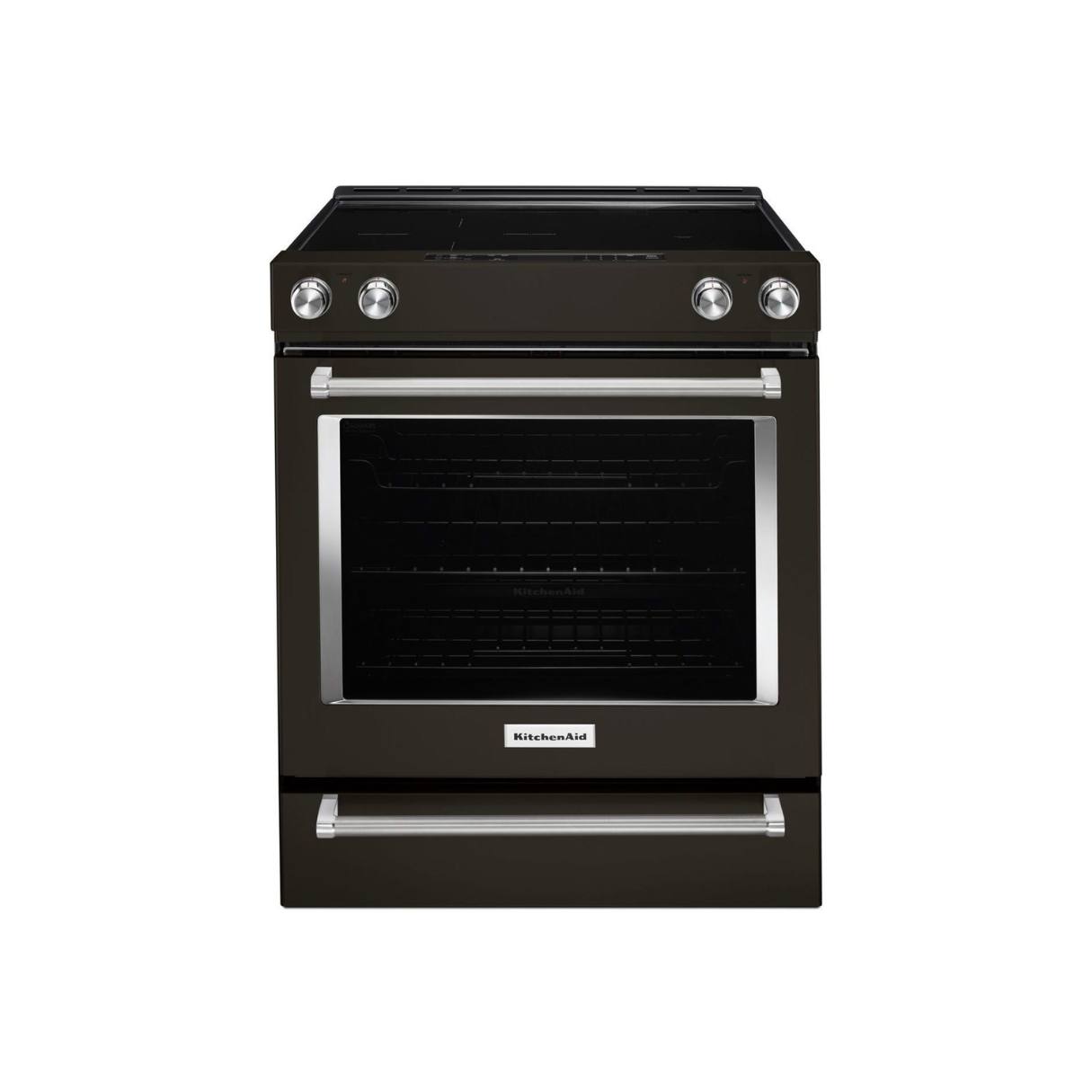
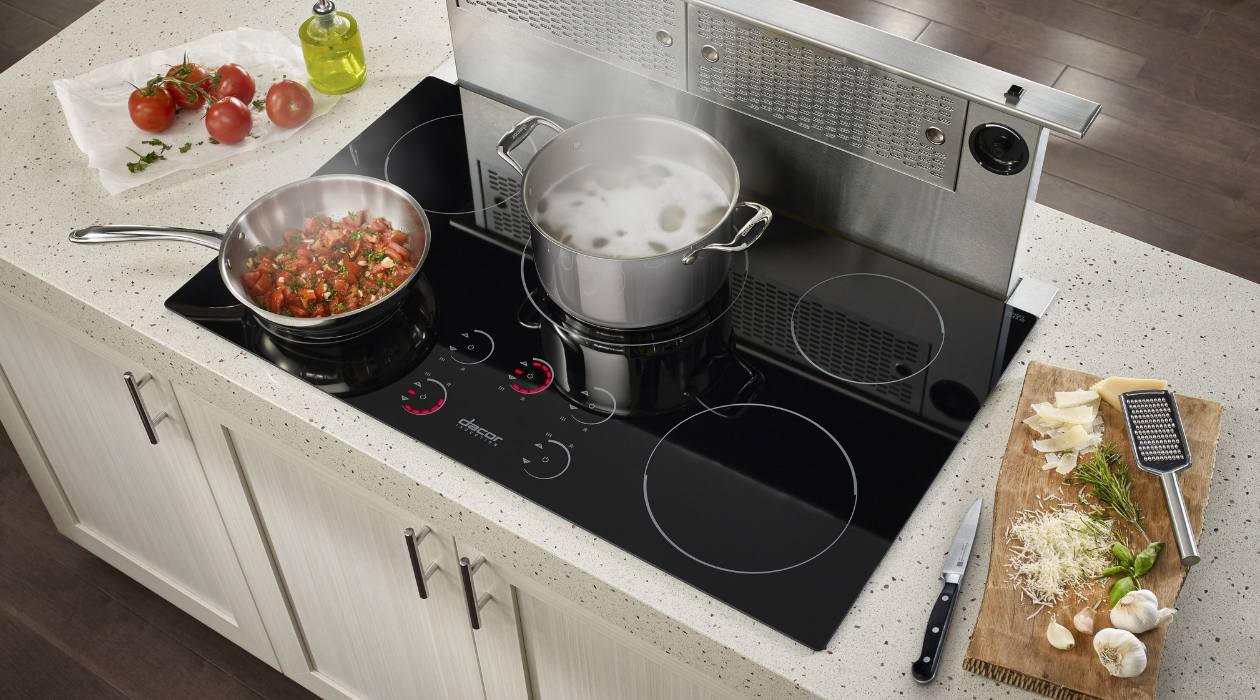
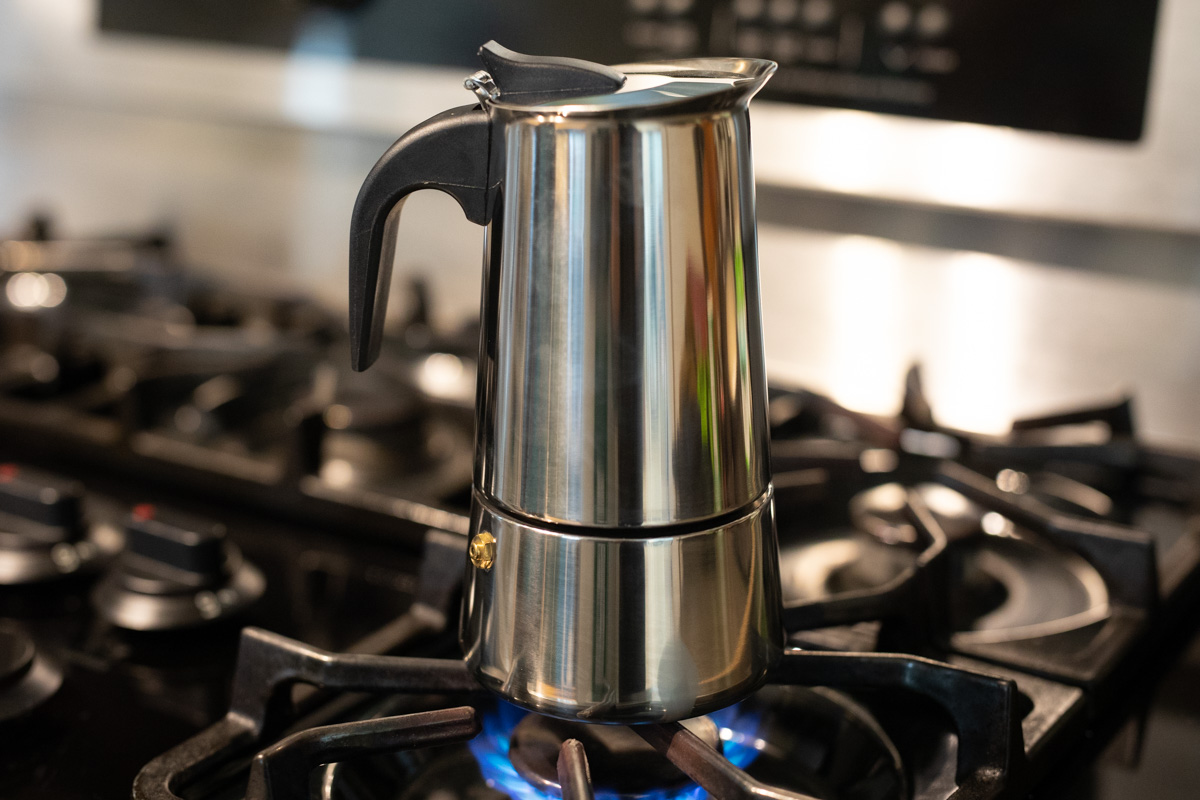
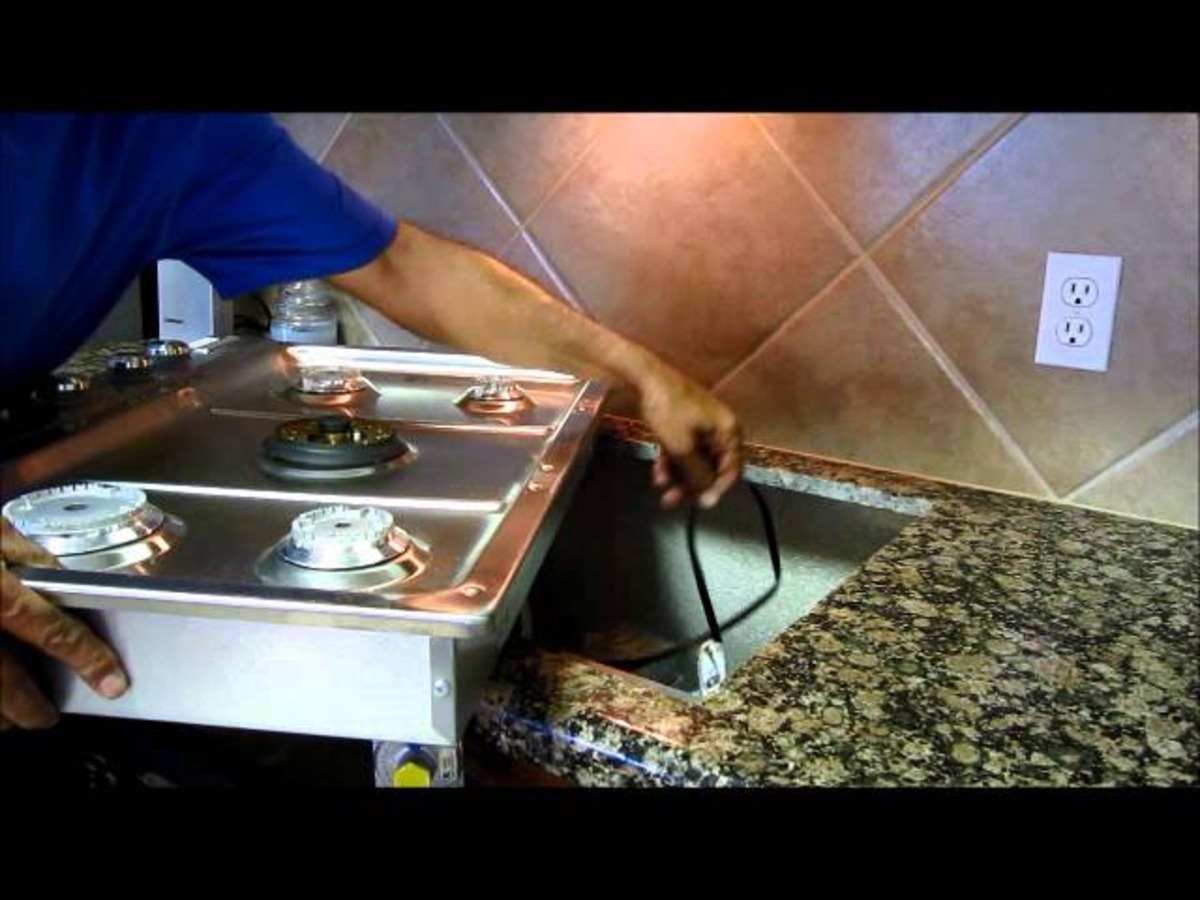
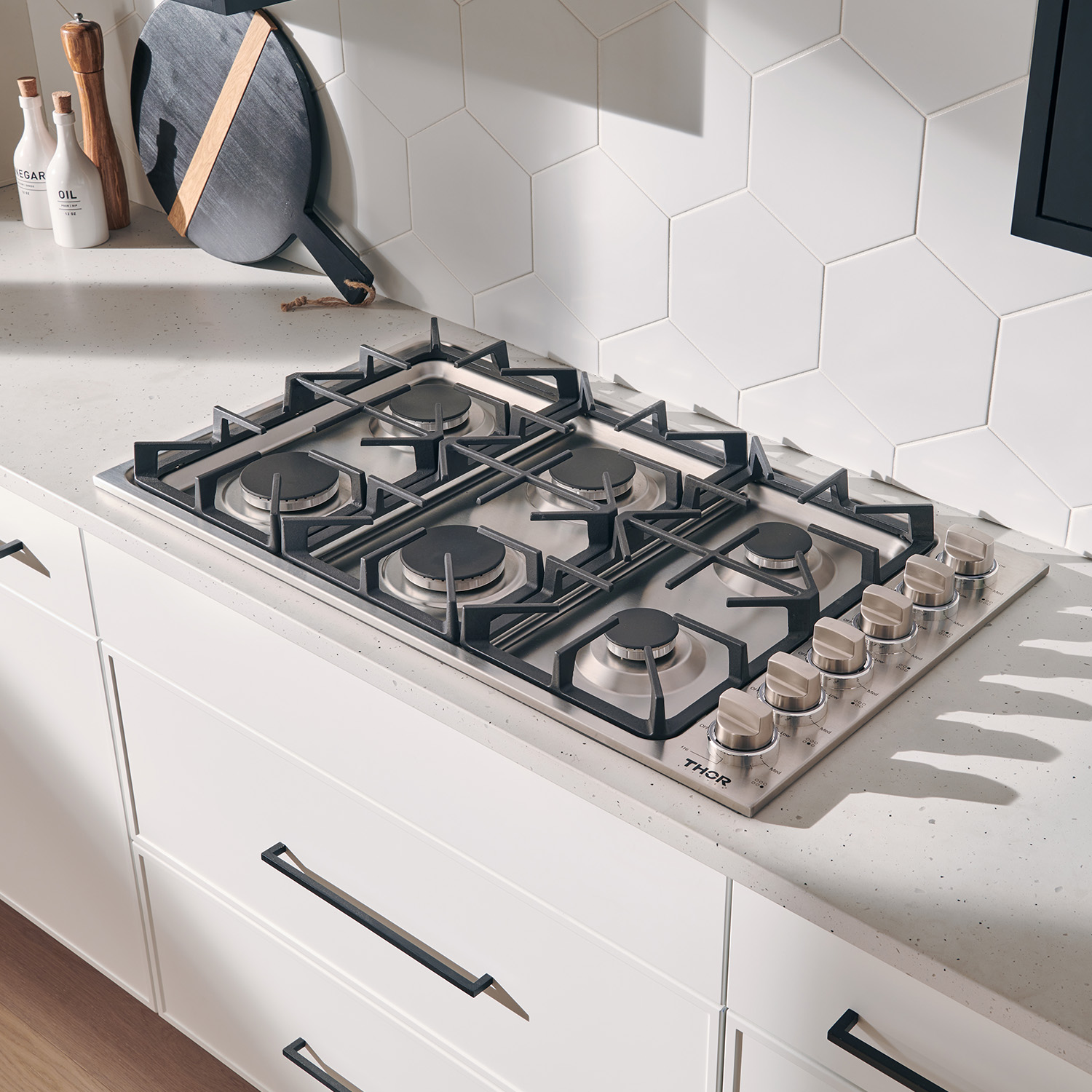
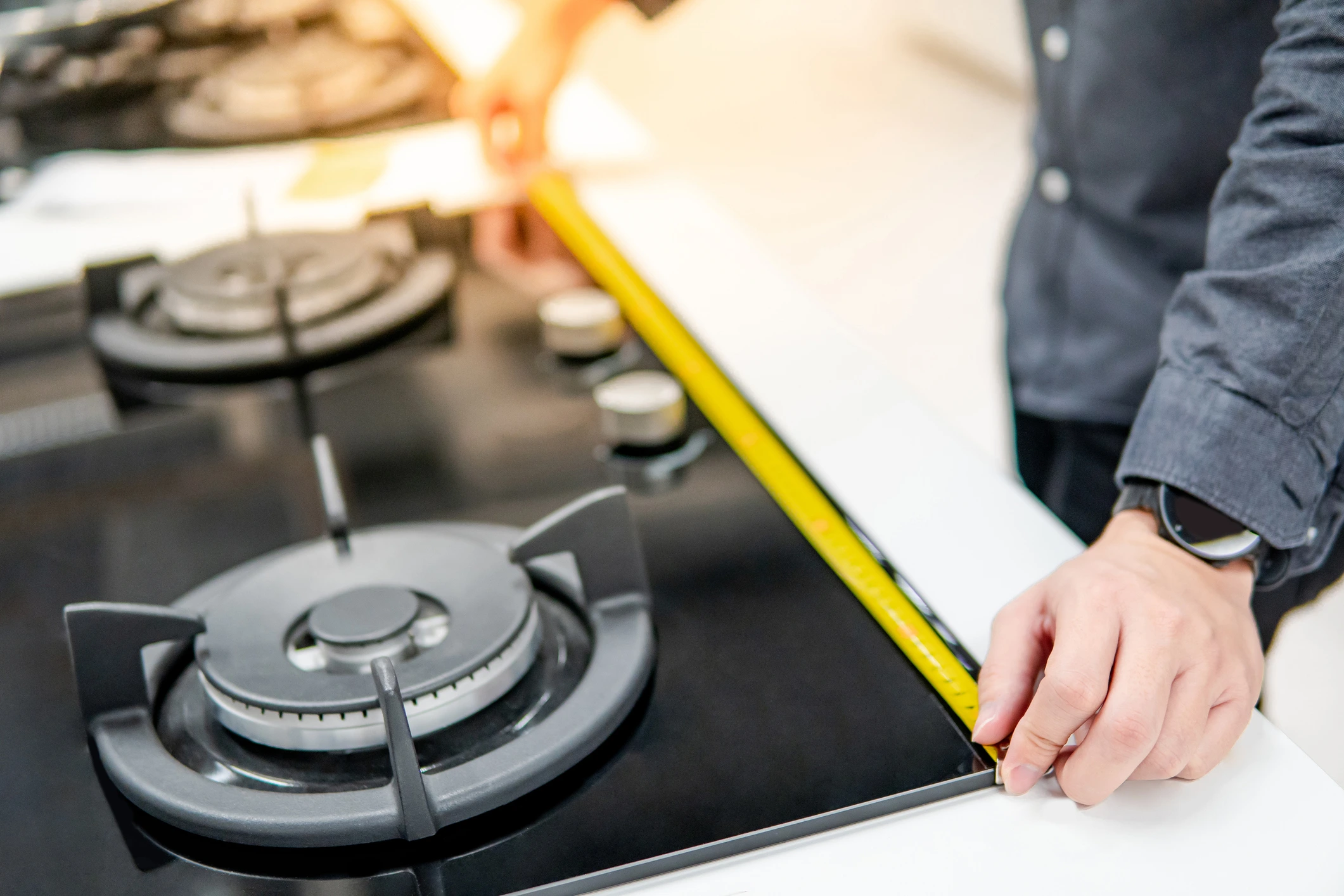
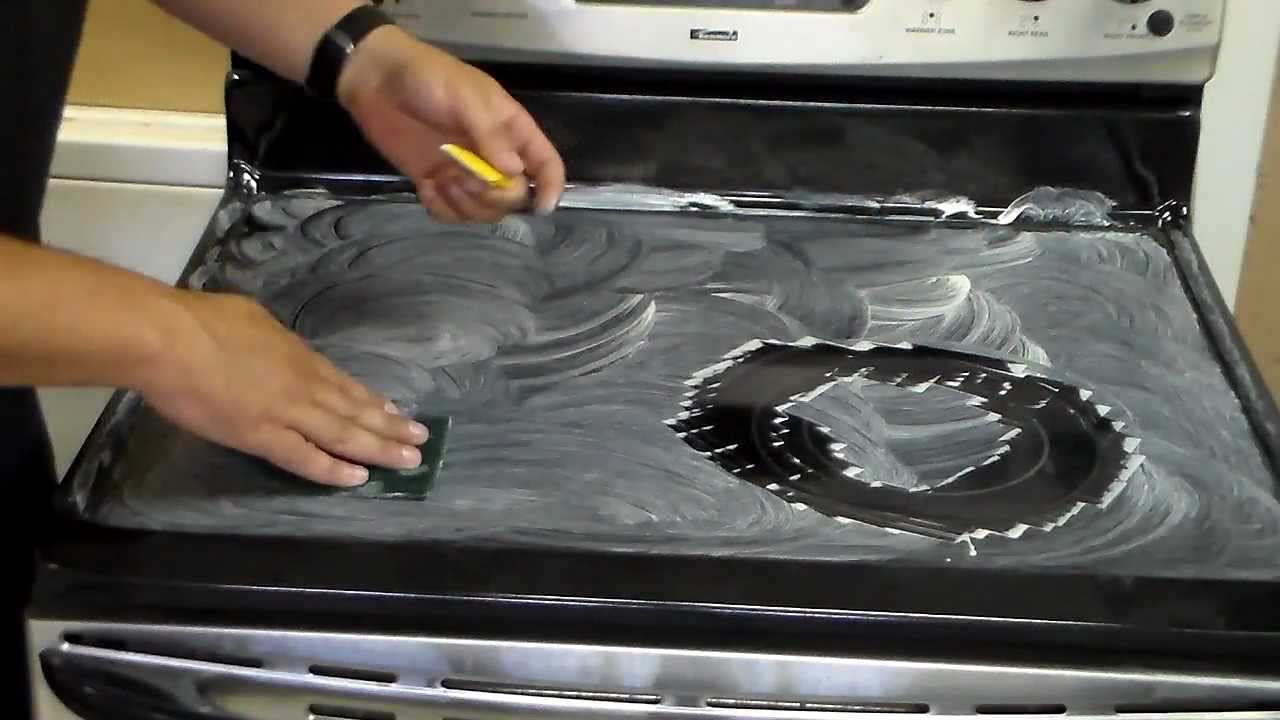
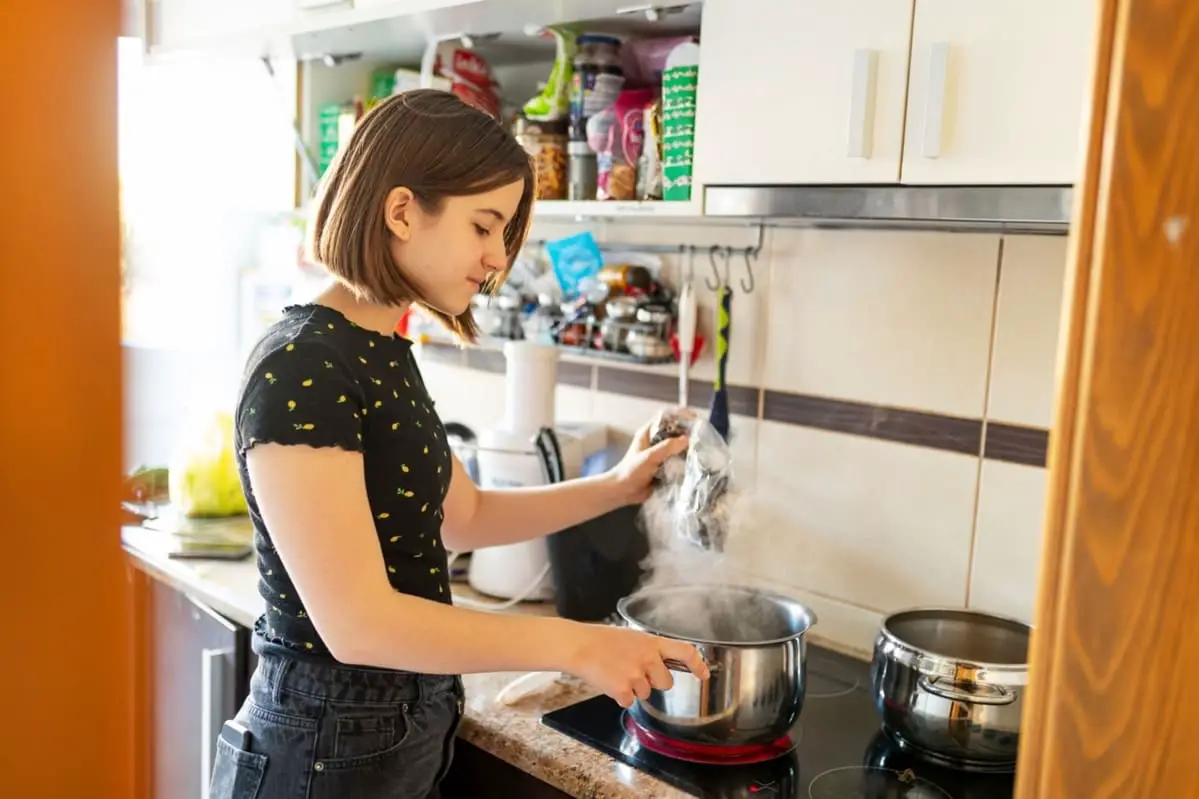
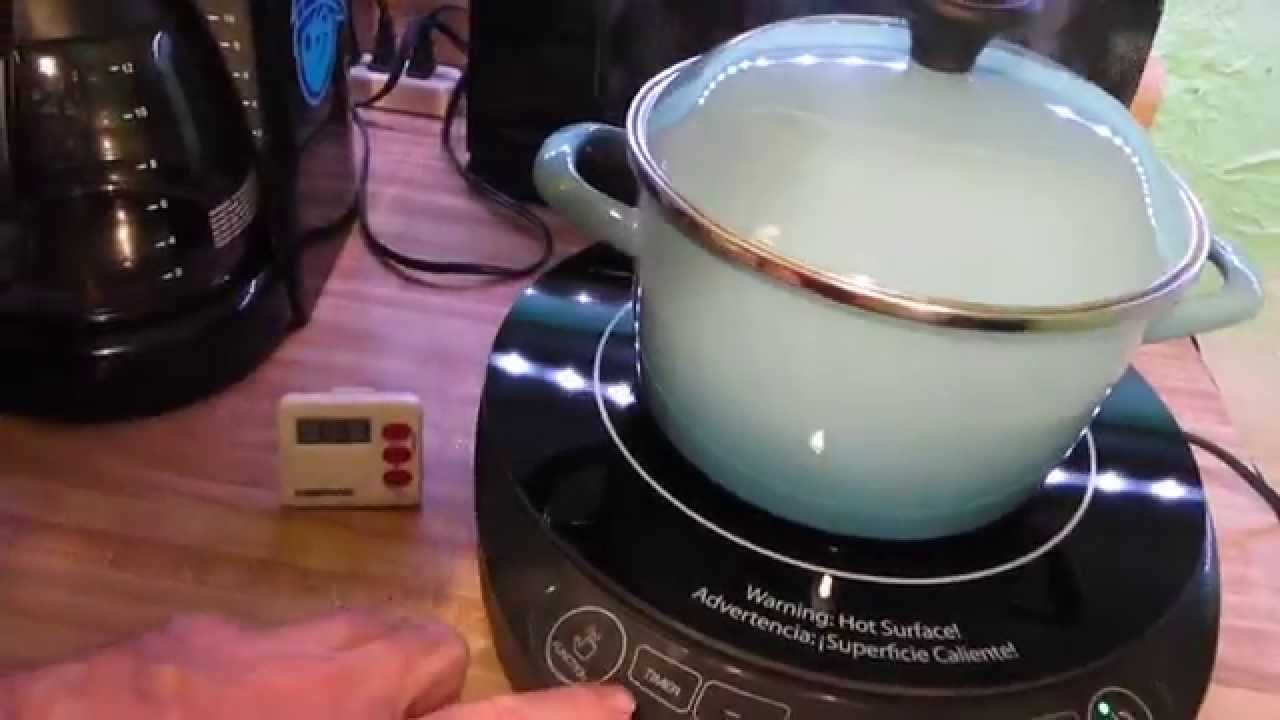
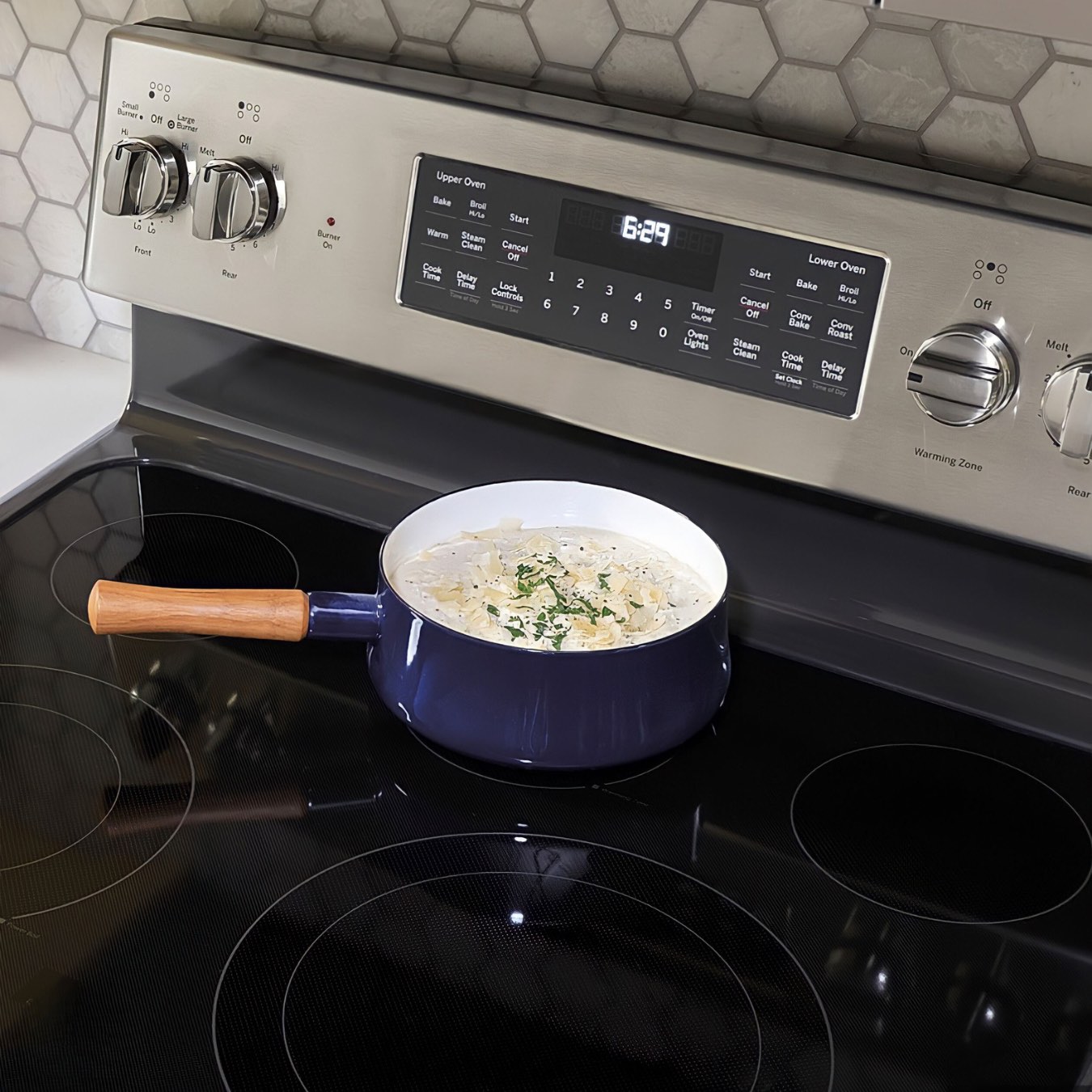
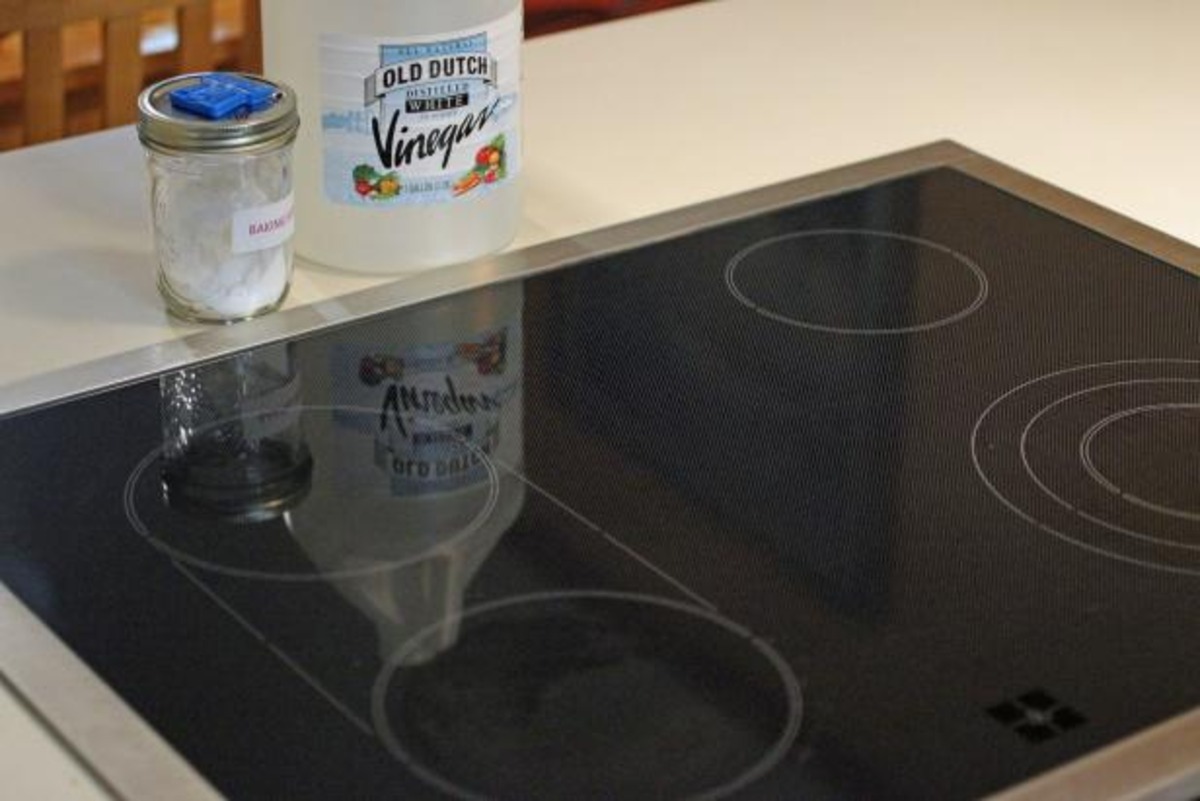
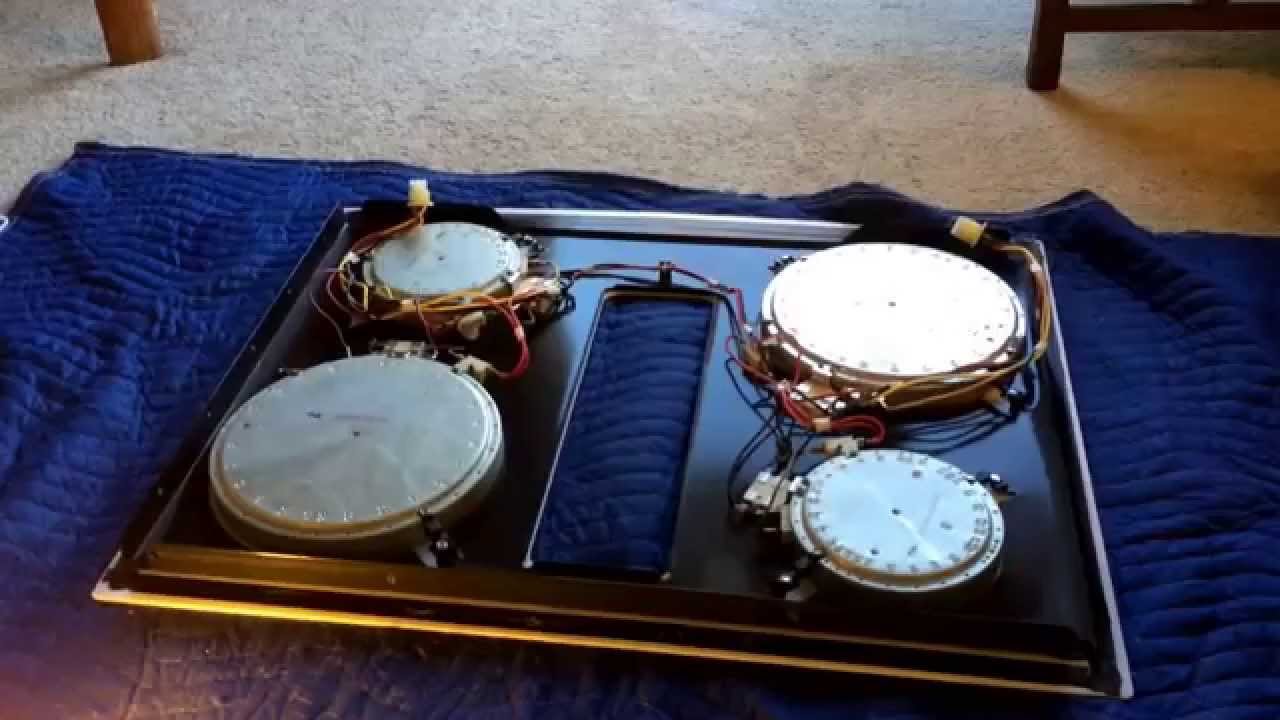
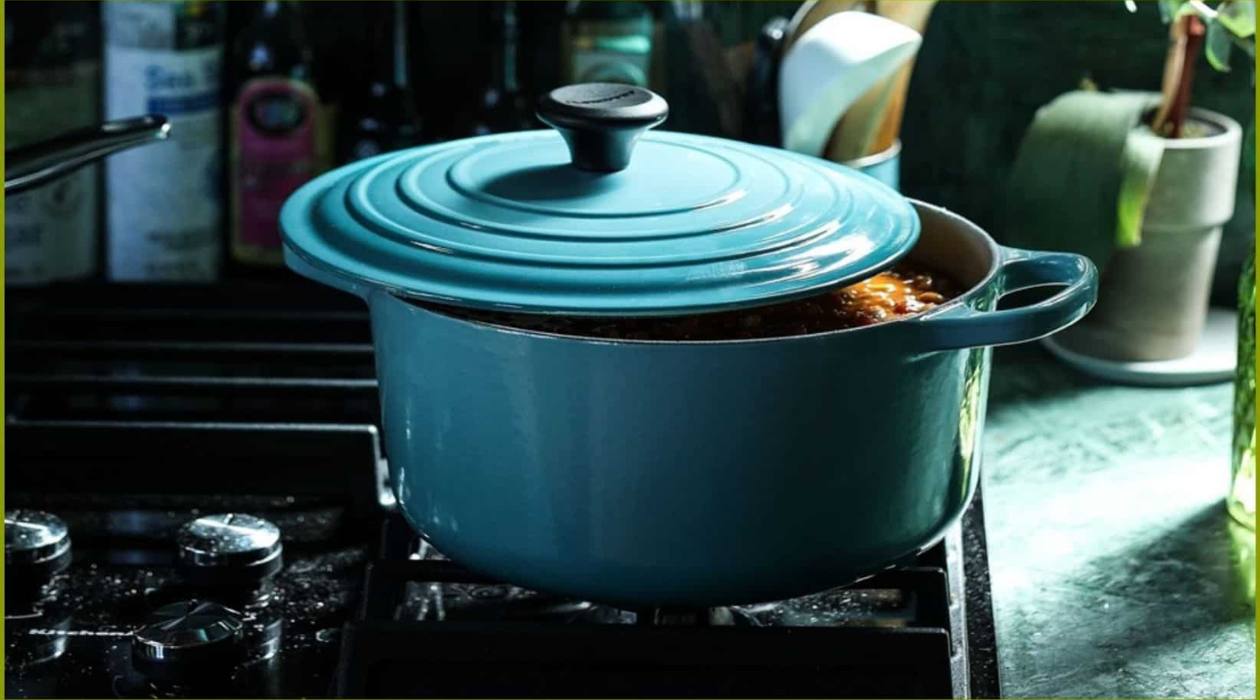

0 thoughts on “How To Use A Stove Top”